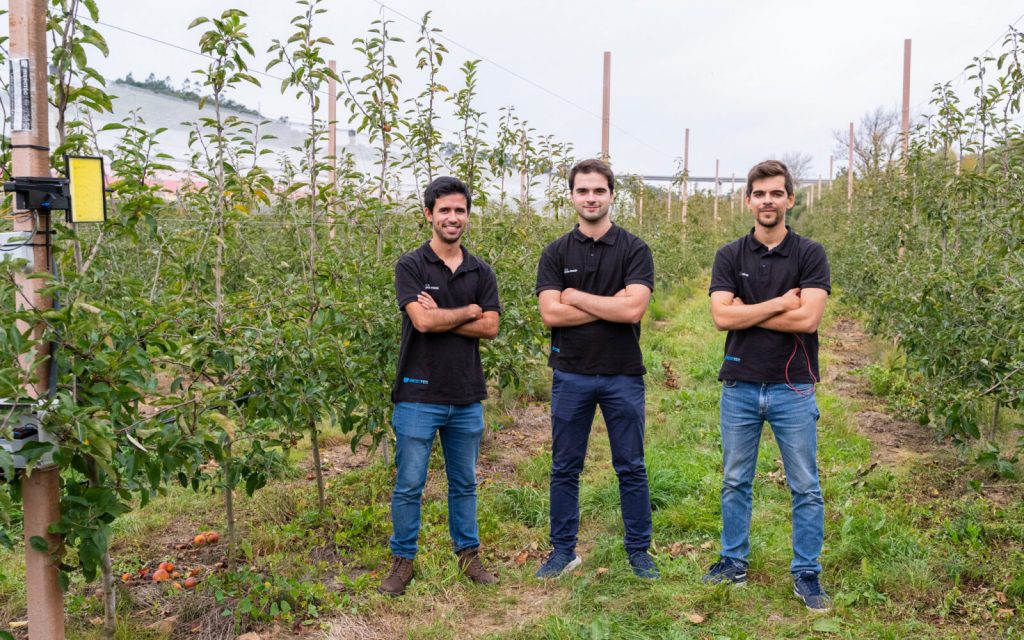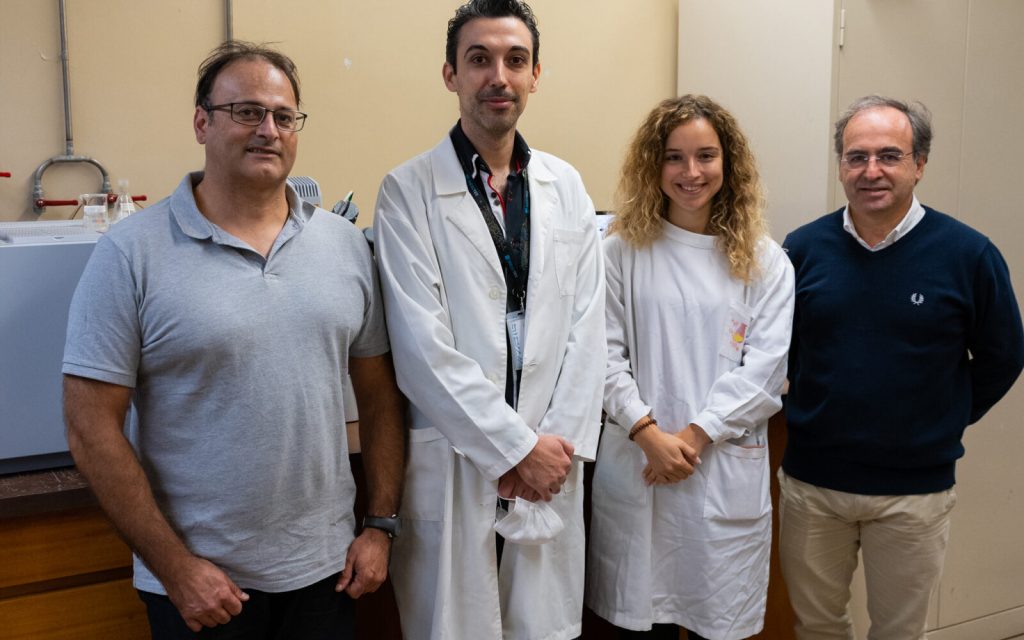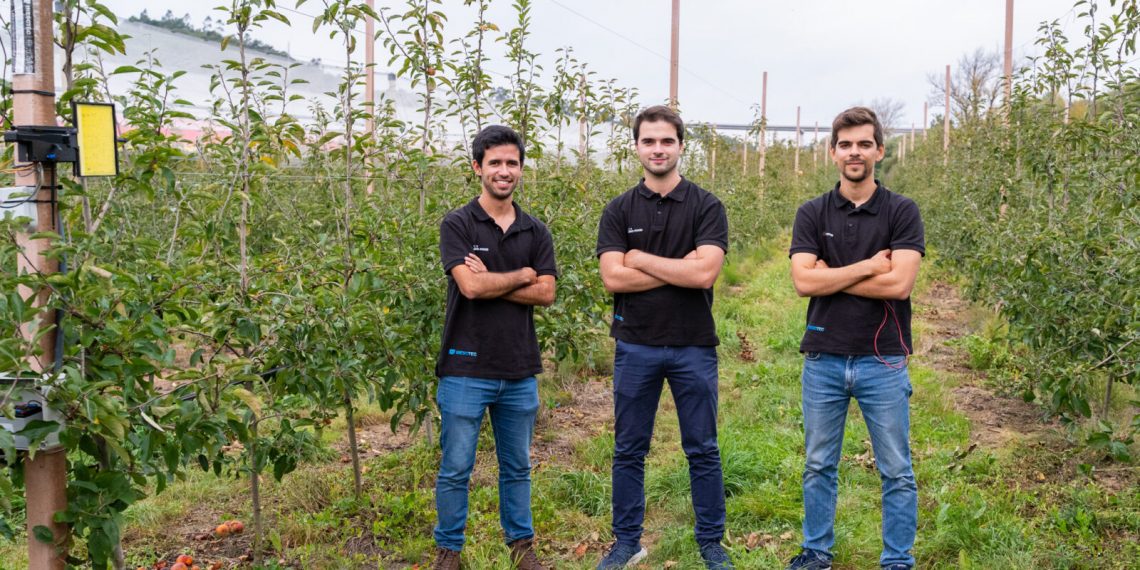The SpecTOM and Smart Trap projects were acknowledged at the 8th edition of the Crédito Agrícola Entrepreneurship and Innovation award, an initiative that rewards innovative projects, with economic viability and significant benefits for society. SpecTOM won the Agro-Industry 4.0 category and Smart Trap (new designation is AgIoTrap) won the Born from Knowledge (BfK) award, granted by the National Innovation Agency (ANI). INESC TEC’s Technology Licensing Office (SAL) supported the participation of said projects in this initiative.
The technology of the SpecTOM project, developed in partnership with the University of Porto, allows the metabolic monitoring and timely diagnosis of diseases and infections in plants like tomatoes or vines.
“Unlike current solutions, this technology performs the multi-scale metabolic tomographic diagnosis of the living plant, in real time, allowing to identify and quantify critical parameters for the physiology of the plant. When integrated into robotic systems, this technology enables the molecular diagnosis of vast crop areas, in a non-invasive and high-speed way, and with a minimum cost per sample – which the current molecular biology solutions are not able to do”, explained Rui Martins, researcher at INESC TEC and project coordinator.
The technology developed within the scope of the Smart Trap project, winner of the BfK category, is an intelligent trap to detect pests and diseases – namely the Flavescence dorée vector, five to ten times smaller than other insects detected by traps – with costs meeting the reality of most small and medium-sized farmers.
“Unlike existing solutions, this technology allows the continuous monitoring (usually, twice a day) of insect detection and counting, so the farmers are free from making regular visits to the traps,” explained Filipe Neves dos Santos, INESC TEC researcher and Smart Trap coordinator. “With this solution, it will be possible to identify risk levels in a timely manner and carry out treatment procedures at a preliminary stage of the diseases, thus reducing the cost of plant protection products,” he concluded.
The development of the Smart Trap solution brought together knowledge from six different areas: mechatronics, electronics, programming, data and image processing, artificial intelligence, and agronomy.
The SpecTOM and Smart Trap projects were tested in a real environment, thanks to the partnerships established between INESC TEC and entities from the different quarters of Portuguese and European agriculture: research and tech centres, public entities, and associations, as well as private companies. SpecTOM mobilised teams from the Centre for Applied Photonics (CAP) and the Centre for Robotics in Industry and Intelligent Systems (CRIIS), with the latter also involved in the Smart Trap project, together with Human-Centered Computing and Information Science Centre (HumanISE).
The next steps include the large-scale validation of prototypes, as well as the process of transferring technology to companies already established in the area or to new spin-offs; other important actions for the future include the submission of patent applications to protect the designed technologies.
The researchers mentioned in this news piece are associated with INESC TEC.






 News, current topics, curiosities and so much more about INESC TEC and its community!
News, current topics, curiosities and so much more about INESC TEC and its community!